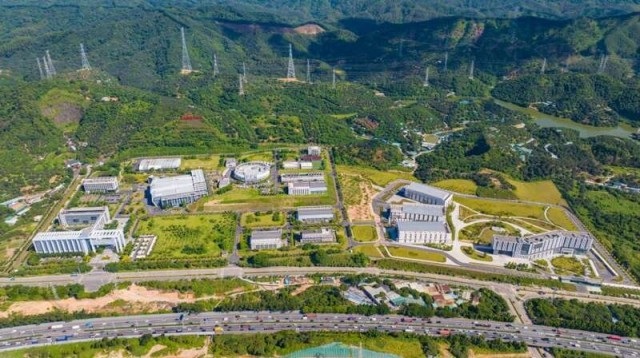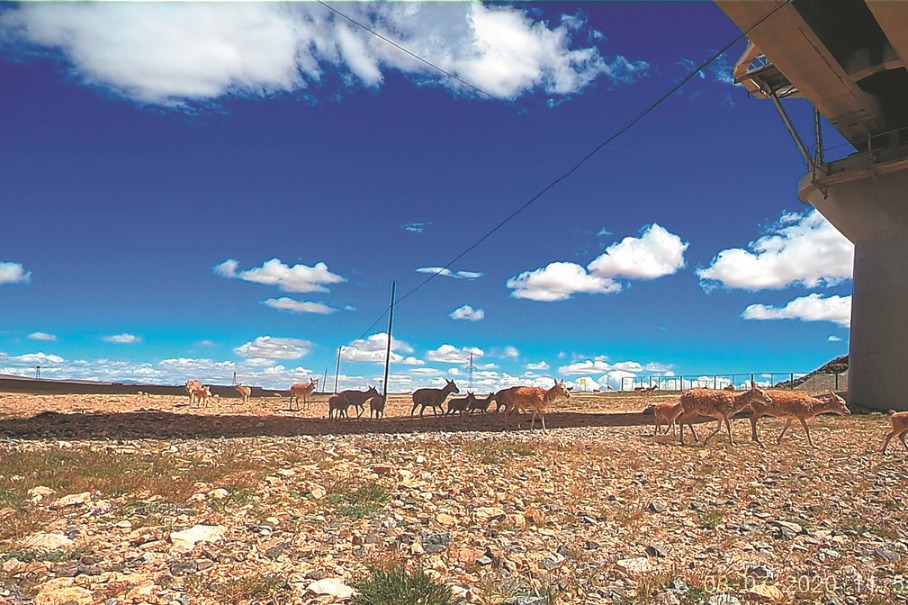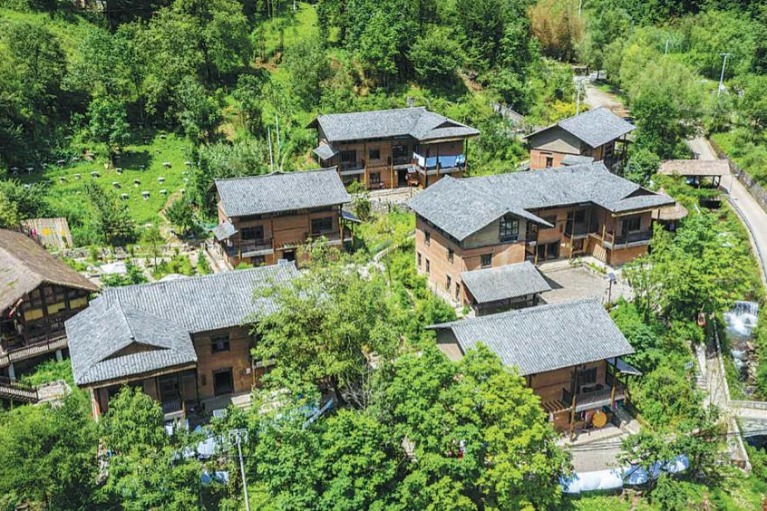Second phase of neutron source project underway
By Liang Shuang | China Daily | Updated: 2024-04-01 09:39

China began construction of the second phase of a major science infrastructure project on Saturday in Dongguan, Guangdong province, hoping to use a "super microscope" to achieve more breakthroughs in sectors such as the aerospace and superconductive materials industries.
A ceremony was held to mark the commencement of the second phase of the China Spallation Neutron Source in Dongguan's Songshan Lake Science City, where 11 neutron spectrometers and their operating terminals will be built over the course of nearly six years, said Wang Sheng, deputy head of the Chinese Academy of Sciences' Institute of High Energy Physics.
A spallation neutron source generates a massive amount of high-energy neutrons — a key particle inside the nucleus of an atom — and uses them as "probes" to study the microscopic structure of substances and materials.
According to the CAS, since the first phase of the CSNS project was put into operation in 2018, the facility has received applications for use from 6,000 researchers from home and abroad and has operated for more than 5,000 hours each year, helping conclude more than 1,500 science projects, 100 of which were from outside the Chinese mainland.
Among them is the domestic development of boron neutron capture therapy, which is used to treat certain types of cancer. A medical device was developed from experiences gained using the CSNS, and Dongguan People's Hospital will conduct clinical trials using the device this year, the CSNS operators said.
Other points of progress include the simulation of neutron irradiation in the upper atmosphere to enhance aerospace materials' resistance to cosmic rays, as well as the study of lithium ions to improve the performance of car batteries.
"It is precisely the abundant scientific achievements and users' strong needs that pushed the second phase of the CSNS to be launched quickly," said Wang, who is also the director of the second phase.
Including the ones available in the first phase, the CSNS will have 20 neutron spectrometers upon completion of the upgrade.
"Every one will be a 'microscope' that will be used in different fields and industries," Wang said.
In addition to the new spectrometers, the project will also feature China's first — and the world's fifth — muon source, which can help detect essential elements like carbon and oxygen in samples without compromising their structure, Bao Yu, a researcher at the physics institute, said in November, when plans to develop the muon source were included in the preliminary facility design of the new phase of the CSNS.
The new phase will also see the beam power of the source's core accelerator — a key metric of the facility — upgraded from 100 kilowatts to 500 kW so that it will generate more neutrons in a set period of time, Wang said, adding that it will also enable the device to measure smaller samples and capture quicker movements with higher resolution.
"As an upgrade project, we will make sure that the existing neutron source won't be significantly affected during the construction of the new phase," Wang said.
liangshuang@chinadaily.com.cn
























